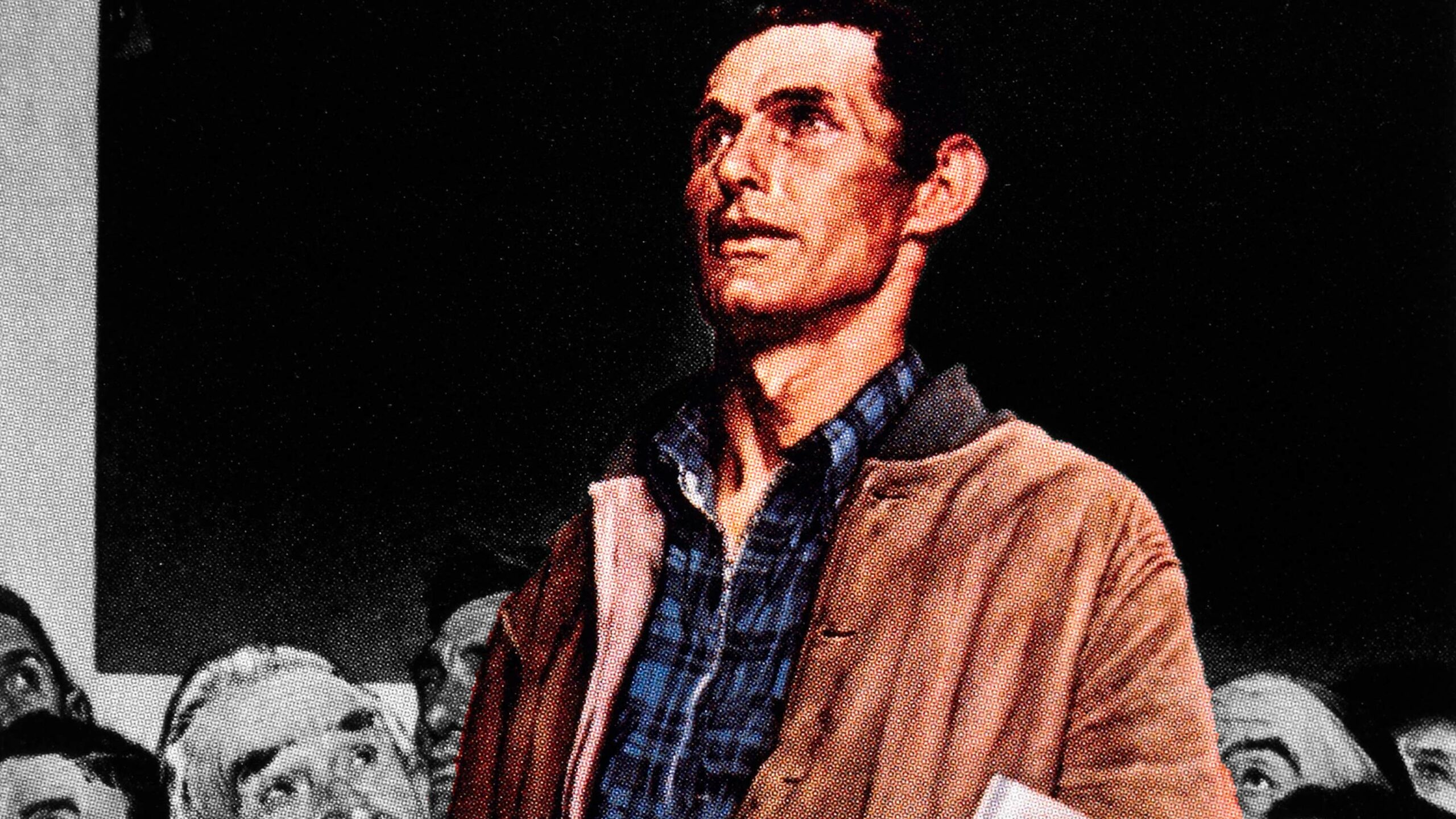
RECOMMENDED READING
A few nights ago, several of my six (mostly grown) children were around the dinner table, reminiscing about the days when their maternal grandparents would care for them. Their fondest memories were the little moments you’d think would have gone unnoticed: “Nana knew exactly how much milk to pour in my bowl of Cheerios,” said one, while another recalled that “Pa was always first in the pick-up line on Tuesdays, and always had a spy or military novel in the front seat.” It’s true; Nana has always hated to waste any food, and Pa would always leave an hour early to make sure he wouldn’t be late greeting his grandchildren in the schoolyard.
Now, my parents are the ones who need assistance. They still live in their own home, but neither can drive or manage their daily tasks. Five of their seven children live within an hour’s drive from their home; all of us use our varying time, treasure, and talent to support them. Nana and Pa no longer buckle grandchildren into car seats; now there are times they need someone to help them buckle in. Life has come full circle.
I made sure to share my children’s priceless recollections with my parents, which brought them joy. But there’s a deeper reality to them as well. They show in a small way one of the components people often miss when they talk about the new realities of family life in America—the great value of regular contact and interactions with extended family who love one another.
My children have endured the terrible consequences of watching their parents’ marriage fracture and fall apart. In the midst of all the heartache and loss, they were fortunate to retain, and clearly relish in all its breathtaking simplicity, the comforting predictability, stability, and love that saturated those moments with Nana and Pa. There is no price tag that could be placed on those cherished times. Do our nation’s think tanks consider those moments when devising policy?
I have little time to devote to studying tax incentives, or family policy, never mind comparing the features of one proposal versus another. My days and mind are filled with all that accompanies raising, caring for, and loving my six children. For many years, I’ve raced from one ballet studio to another, trying to cobble together a teaching schedule that can support my children while allowing me to be home as much as possible. Without grandparents, aunts, uncles, and generous friends, it would have been impossible to manage. No government program can replicate those relationships. Could a tax credit replace the stories and observations my children reminisced about at dinner?
As our nation slowly comes out of the daze of a year that saw so much personal and professional loss, perhaps we have all reconsidered the meaning of family and relationships. Knowing that our elderly were so alone—whether in quarantine at home or in assisted living, or most tragically in a hospital bed—is excruciating. At the same time, there were new parents who did not have those experienced family hands around to give them a break, while reassuring them that they, too, would survive those sleepless nights with a colicky baby. But, even before COVID, how many grandparents were unable to be with and hold those newborns in the first days of wonderment just because they could not take time off from their job, or were separated by thousands of miles?
It seems that our society has become fascinated with developing ways to pay others to be hands-on with our family members. From infant day care to elderly housing, there is a “program” to meet the day-to-day needs of our loved ones. Of course, that is necessary for some. Not everyone is as fortunate as I was, to have people around me who knew and loved my children. However, perhaps policymakers need to think of ways to encourage, rather than discourage, keeping family members in their homes more.
What could that look like? Maybe more housing options with attached apartments? Tax benefits for families who rely on extended family to watch their children instead of sending them to day care? I’m no expert; I just hope some politicians and writers think about what this could look like in practice.
Other families might have memories of vacations to Disney World or summers at a Cape Cod cottage—those have never been part of our experience. And that’s okay. Instead, we have more priceless memories of the quiet moments spent together, as a family. I know that the memories and stories shared at our dinner table were of utmost importance, and know so many families have the same innate desire to experience similar times with their extended families as as part of their American Dream. It’s a dream very much worth having.
Edgerton Essays feature the perspectives of working-class Americans on the challenges facing their communities and families and the debates central to the nation’s politics. If you or someone you know might be interested in contributing to the series, click here for more information.
Recommended Reading
The Edgerton Essays
Perspectives from the Working Class
Introducing the Edgerton Essays
The goal of these essays is to help inform policymakers and pundits about what matters most and why to the vast majority of Americans who have no day-to-day connection to our political debates.
Coronavirus Exposes a G.O.P. Divide: Is the Market Always Supreme?
The NYT features American Compass as a new organization with plans to foster debates on economic issues dividing the right, accentuated by the present national crisis.












